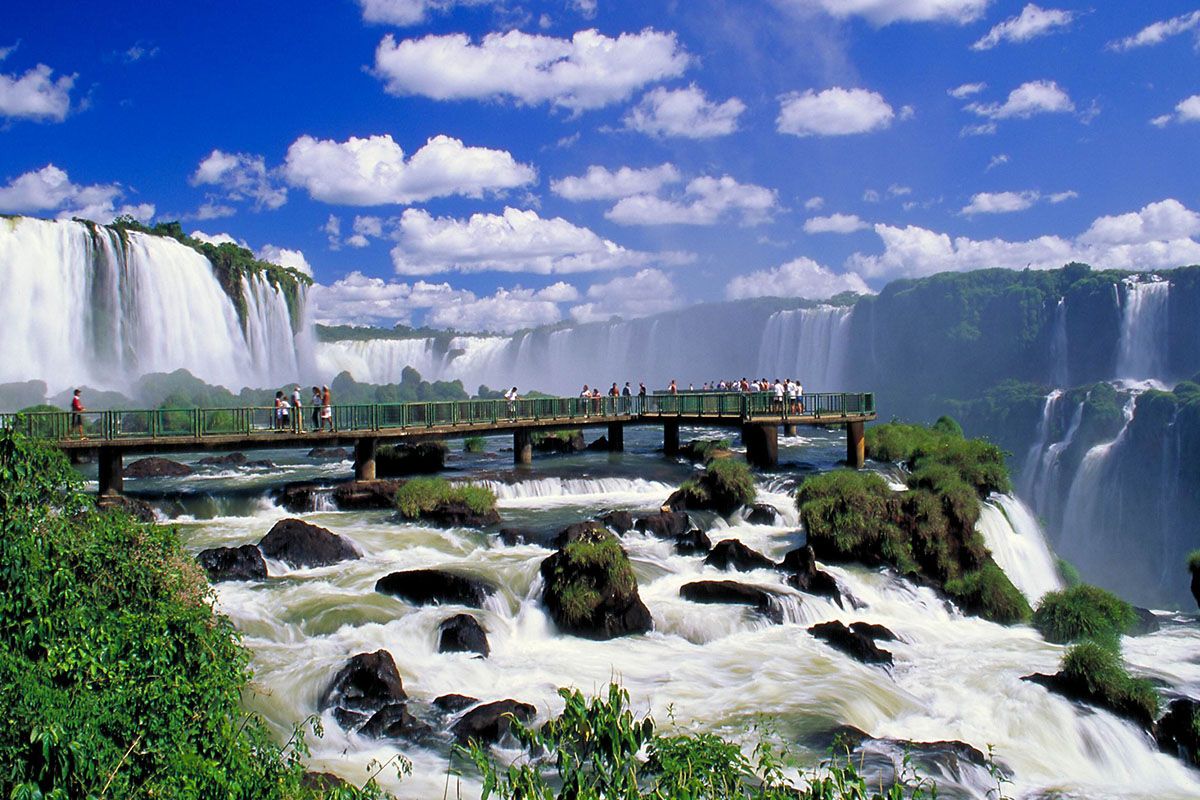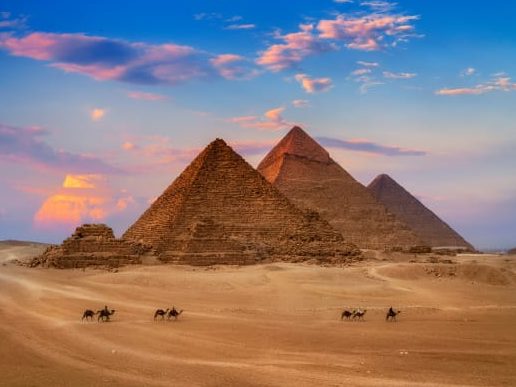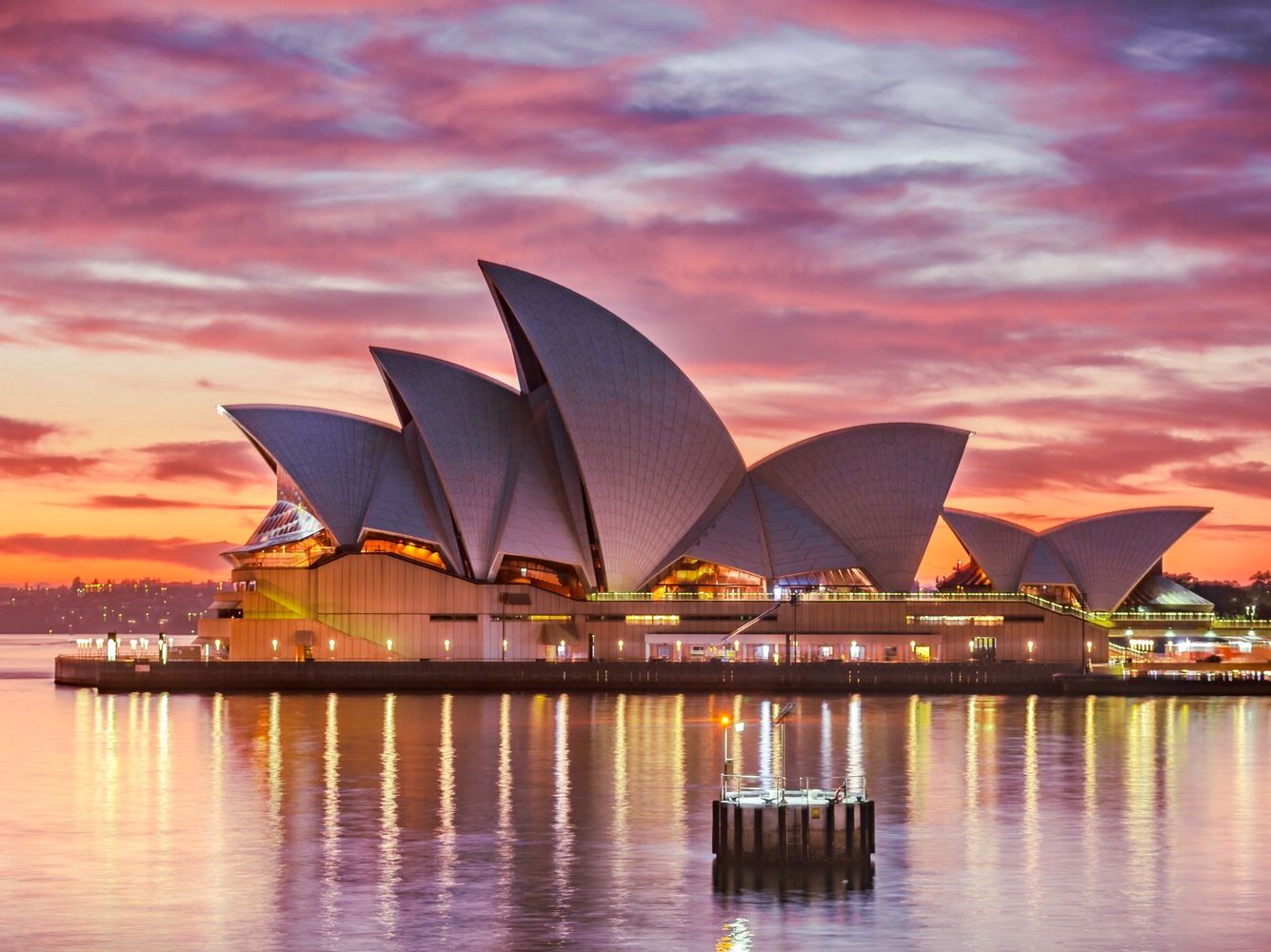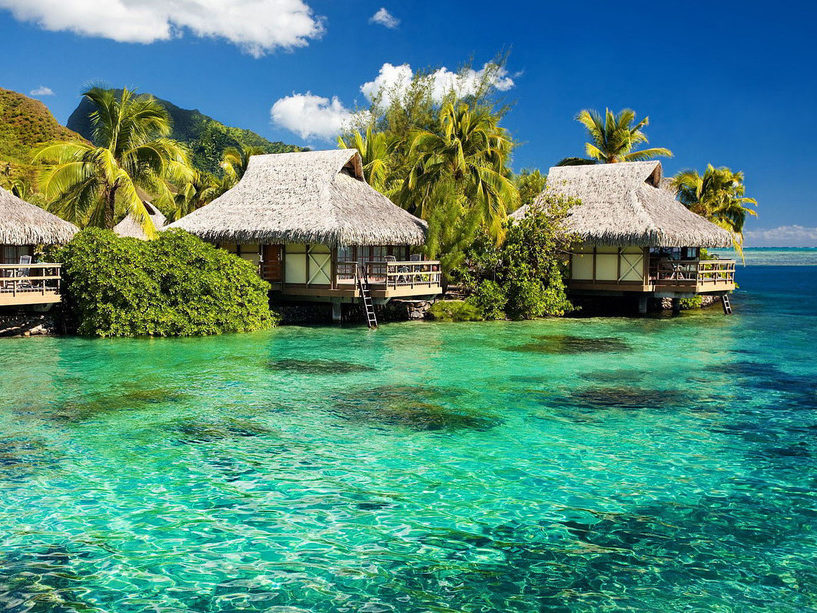Beijing
Beijing is the capital of the People’s Republic of China. It is the world’s most populous national capital city, with over 21 million residents within an administrative area of 16,410.5 km2 (6336 sq. mi.). It is located in Northern China, and is governed as a municipality under the direct administration of the State Council with 16 urban, suburban, and rural districts. Beijing is mostly surrounded by Hebei Province with the exception of neighboring Tianjin to the southeast; together, the three divisions form the Jingjinji megalopolis and the national capital region of China.
Beijing is a global city and one of the world’s leading centres for culture, diplomacy, politics, finance, business and economics, education, research, language, tourism, sport, science and technology and transportation. A megacity, Beijing is the second largest Chinese city by urban population after Shanghai and is the nation’s cultural, educational, and political center. It is home to the headquarters of most of China’s largest state-owned companies and houses the largest number of Fortune Global 500 companies in the world, as well as the world’s four biggest financial institutions by total assets. Beijing is the “billionaire capital of the world” with the highest number of billionaires living in the city. In 2020, Beijing had the fifth-largest total wealth of any city in the world. It is also a major hub for the national highway, expressway, railway, and high-speed rail networks. The Beijing Capital International Airport has been the second busiest in the world by passenger traffic (Asia’s busiest) since 2010, and, as of 2016, the city’s subway network is the busiest and longest in the world. The Beijing Daxing International Airport, a second international airport in Beijing, is the largest single-structure airport terminal in the world.
Combining both modern and traditional style architectures, Beijing is one of the oldest cities in the world, with a rich history dating back over three millennia. As the last of the Four Great Ancient Capitals of China, Beijing has been the political center of the country for most of the past eight centuries, and was the largest city in the world by population for much of the second millenium CE. With mountains surrounding the inland city on three sides, in addition to the old inner and outer city walls, Beijing was strategically poised and developed to be the residence of the emperor and thus was the perfect location for the imperial capital. The city is renowned for its opulent palaces, temples, parks, gardens, tombs, walls and gates. It has seven UNESCO World Heritage Sites—the Forbidden City, Temple of Heaven, Summer Palace, Ming Tombs, Zhoukoudian, and parts of the Great Wall and the Grand Canal—all of which are popular tourist locations. Siheyuans, the city’s traditional housing style, and hutongs, the narrow alleys between siheyuans, are major tourist attractions and are common in urban Beijing.
Many of Beijing’s 91 universities consistently rank among the best in the Asia-Pacific and the world. Beijing is home to the two best C9 League universities (Tsinghua and Peking) in the Asia-Pacific and emerging countries. Beijing CBD is a center for Beijing’s economic expansion, with the ongoing or recently completed construction of multiple skyscrapers. Beijing’s Zhongguancun area is a world leading center of scientific and technological innovation as well as entrepreneurship. Beijing has been ranked the No.1 city in the world with the largest scientific research output as tracked by the Nature Index since 2016. The city has hosted numerous international and national sporting events, the most notable being the 2008 Summer Olympics and 2008 Summer Paralympics Games. In 2022, Beijing became the first city ever to host both the Summer and Winter Olympics, and also the Summer and Winter Paralympics. Beijing hosts 175 foreign embassies as well as the headquarters of many organizations, including the Asian Infrastructure Investment Bank (AIIB), the Shanghai Cooperation Organisation (SCO), the Silk Road Fund, the Chinese Academy of Sciences, the Chinese Academy of Engineering, the Chinese Academy of Social Sciences, the Central Academy of Fine Arts, the Central Academy of Drama, the Central Conservatory of Music, and the Red Cross Society of China.
Etymology
Over the past 3,000 years, the city of Beijing has had numerous other names. The name Beijing, which means “Northern Capital” (from the Chinese characters 北 for north and 京 for capital), was applied to the city in 1403 during the Ming dynasty to distinguish the city from Nanjing (the “Southern Capital”). The English spelling Beijing is based on the government’s official romanization (adopted in the 1980s) of the two characters as they are pronounced in Standard Mandarin. An older English spelling, Peking, is the postal romanization of the same two characters as they are pronounced in Chinese dialects spoken in the southern port towns first visited by European traders and missionaries. Those dialects preserve the Middle Chinese pronunciation of 京 as kjaeng, prior to a phonetic shift in the northern dialects to the modern pronunciation. Although Peking is no longer the common name for the city, some of the city’s older locations and facilities, such as Beijing Capital International Airport, with the IATA Code PEK, and Peking University, still retain the former romanization.
The single Chinese character abbreviation for Beijing is 京, which appears on automobile license plates in the city. The official Latin alphabet abbreviation for Beijing is “BJ”.
History
The earliest traces of human habitation in the Peking municipality were found in the caves of Dragon Bone Hill near the village of Zhoukoudian in Fangshan District, where Peking Man lived. Homo erectus fossils from the caves date to 230,000 to 250,000 years ago. Paleolithic Homo sapiens also lived there more recently, about 27,000 years ago. Archaeologists have found neolithic settlements throughout the municipality, including in Wangfujing, located in central Peking.
The first walled city in Beijing was Jicheng, the capital city of the state of Ji and was built in 1045 BC. Within modern Beijing, Jicheng was located around the present Guang’anmen area in the south of Xicheng District. This settlement was later conquered by the state of Yan and made its capital.
Culture
People native to urban Beijing speak the Beijing dialect, which belongs to the Mandarin subdivision of spoken Chinese. This speech is the basis for putonghua, the standard spoken language used in mainland China and Taiwan, and one of the four official languages of Singapore. Rural areas of Beijing Municipality have their own dialects akin to those of Hebei province, which surrounds Beijing Municipality.
Beijing or Peking opera is a traditional form of Chinese theater well known throughout the nation. Commonly lauded as one of the highest achievements of Chinese culture, Beijing opera is performed through a combination of song, spoken dialogue, and codified action sequences involving gestures, movement, fighting and acrobatics. Much of Beijing opera is carried out in an archaic stage dialect quite different from Modern Standard Chinese and from the modern Beijing dialect.
Beijing cuisine is the local style of cooking. Peking duck is perhaps the best known dish. Fuling jiabing, a traditional Beijing snack food, is a pancake (bing) resembling a flat disk with a filling made from fu ling, a fungus used in traditional Chinese medicine. Teahouses are also common in Beijing.
The cloisonné (or Jingtailan, literally “Blue of Jingtai”) metalworking technique and tradition is a Beijing art speciality, and is one of the most revered traditional crafts in China. Cloisonné making requires elaborate and complicated processes which include base-hammering, copper-strip inlay, soldering, enamel-filling, enamel-firing, surface polishing and gilding. Beijing’s lacquerware is also well known for its sophisticated and intricate patterns and images carved into its surface, and the various decoration techniques of lacquer include “carved lacquer” and “engraved gold”.
Younger residents of Beijing have become more attracted to the nightlife, which has flourished in recent decades, breaking prior cultural traditions that had practically restricted it to the upper class. Today, Houhai, Sanlitun and Wudaokou are Beijing’s nightlife hotspots.
In 2012 Beijing was named as City of Design and became part of the UNESCO Creative Cities Network.
Events
Beijing has hosted numerous international and national sporting events, the most notable was the 2008 Summer Olympic and Paralympic Games. Other multi-sport international events held in Beijing include the 2001 Universiade and the 1990 Asian Games. Single-sport international competitions include the Beijing Marathon (annually since 1981), China Open of Tennis (1993–97, annually since 2004), ISU Grand Prix of Figure Skating Cup of China (2003, 2004, 2005, 2008, 2009 and 2010), WPBSA China Open for Snooker (annually since 2005), Union Cycliste Internationale Tour of Beijing (since 2011), 1961 World Table Tennis Championships, 1987 IBF Badminton World Championships, the 2004 AFC Asian Cup (football), and 2009 Barclays Asia Trophy (football). Beijing hosted the 2015 IAAF World Championships in Athletics.
Beijing’s LeSports Center is one of the main venues for the 2019 FIBA Basketball World Cup.
The city hosted the second Chinese National Games in 1914 and the first four National Games of China in 1959, 1965, 1975, 1979, respectively, and co-hosted the 1993 National Games with Sichuan and Qingdao. Beijing also hosted the inaugural National Peasants’ Games in 1988 and the sixth National Minority Games in 1999.
In November 2013, Beijing made a bid to host the 2022 Winter Olympics.[39] On 31 July 2015, the International Olympic Committee awarded the 2022 Winter Olympics to the city becoming the first ever to host both Summer and Winter Olympics also for the 2022 Winter Paralympics becoming the first ever to host both Summer and Winter Paralympics.
Nature and Wildlife
Beijing Municipality has 20 nature reserves that have a total area of 1,339.7 km2 (517.3 sq mi). The mountains to the west and north of the city are home to a number of protected wildlife species including leopard, leopard cat, wolf, red fox, wild boar, masked palm civet, raccoon dog, hog badger, Siberian weasel, Amur hedgehog, roe deer, and mandarin rat snake. The Beijing Aquatic Wildlife Rescue and Conservation Center protects the Chinese giant salamander, Amur stickleback and mandarin duck on the Huaijiu and Huaisha Rivers in Huairou District. The Beijing Milu Park south of the city is home to one of the largest herds of Père David’s deer, now extinct in the wild. The Beijing barbastelle, a species of vesper bat discovered in caves of Fangshan District in 2001 and identified as a distinct species in 2007, is endemic to Beijing. The mountains of Fangshan are also habitat for the more common Beijing mouse-eared bat, large myotis, greater horseshoe bat and Rickett’s big-footed bat.
Each year, Beijing hosts 200–300 species of migratory birds including the common crane, black-headed gull, swan, mallard, common cuckoo and the endangered yellow-breasted bunting. In May 2016, Common cuckoos nesting in the wetlands of Cuihu (Haidian), Hanshiqiao (Shunyi), Yeyahu (Yanqing) were tagged and have been traced to far as India, Kenya and Mozambique. In the fall of 2016, the Beijing Forest Police undertook a month-long campaign to crack down on illegal hunting and trapping of migratory birds for sale in local bird markets. Over 1,000 rescued birds of protected species including streptopelia, Eurasian siskin, crested myna, coal tit and great tit were handed to the Beijing Wildlife Protection and Rescue Center for repatriation to the wild.
The city flowers are the Chinese rose and chrysanthemum. The city trees are the Chinese arborvitae, an evergreen in the cypress family and the pagoda tree, also called the Chinese scholar tree, a deciduous tree of the family Fabaceae. The oldest scholar tree in the city was planted in what is now Beihai Park during the Tang dynasty.
International Relations
The capital is the home of the Asian Infrastructure Investment Bank, a multilateral development bank that aims to improve economic and social outcomes in Asia and the Silk Road Fund, an investment fund of the Chinese government to foster increased investment and provide financial supports in countries along the One Belt, One Road. Beijing is also home to the headquarters of the Shanghai Cooperation Organisation (SCO), making it an important city for international diplomacy.
Categories: Asia
More Lifehack Videos





